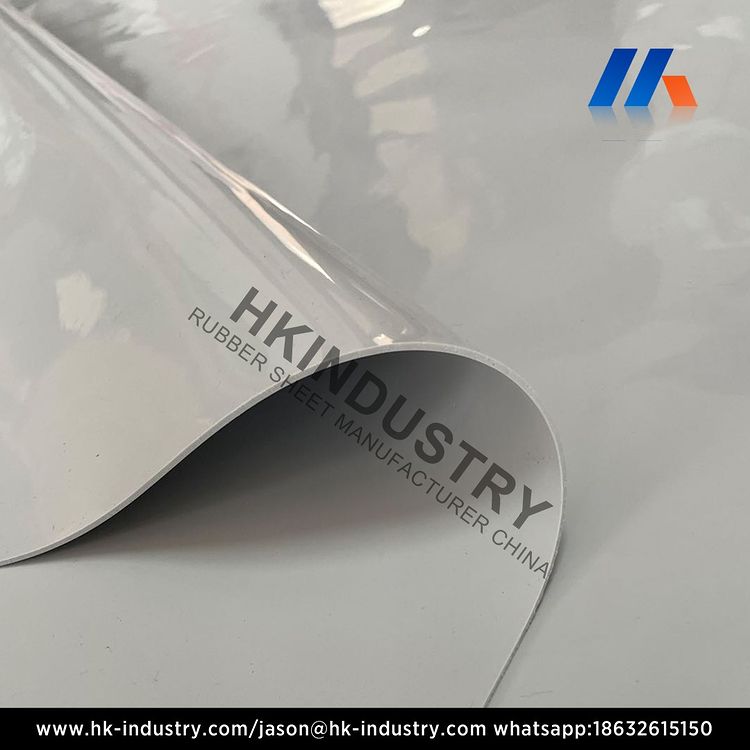Are you looking for rubber mats suppliers? Before that, understand a parameter that plays a role in selecting the rubber mat for your food industry i.e. the thickness.
Every decision you make has a big impact on your establishment’s efficiency and the well-being of your employees in the bustling and dynamic world of the food industry, where precision, hygiene, and safety are non-negotiable. Choosing the suitable thickness of rubber mats is one of the many selections you must make. The proper thickness provides comfort, safety, and longevity, so understanding the aspects that determine your choice is critical.
Footfall and Usage:
Consider your company’s foot traffic. Is your kitchen a hive of activity, with chefs and workers always on the move? High-traffic areas requires thicker mats, preferably in the 1/2 to 3/4 inch range. This thickness provides adequate support for lengthy periods of standing, reducing fatigue and pain.
Types of Activities:
Assess the tasks carried out in various sections of your food industry. Thicker mats are required in heavy-duty cooking zones with frequent spills because they provide superior insulation from hard surfaces, decreasing stress on your employees’ legs and backs. In less busy locations, such as the storage room, thinner mats may suffice.
Slip Resistance:
In any food business scenario, slips and falls are a big concern. Thicker rubber mats give better traction, lowering the risk of accidents, especially in spill-prone regions. To improve safety even more, look for anti-slip mats. Excessively thin mats may not provide an appropriate grip, posing a hazard.
Cleaning Ease:
Maintaining hygiene standards is critical in the food sector. Choose mats that are the suitable thickness, easy to clean, and resistant to grease, oils, and chemicals. Thicker mats are frequently more resistant to wear and tear, ensuring that they stay in good condition even after frequent cleaning.
Durability and longevity:
Rubber mats with the right thickness determine their durability and longevity. Generally, the thicker mats are strong and perfect for areas with high traffic, but they are more expensive upfront. It’s said that the durability and longevity of these mats compensate for the high upfront cost, reducing the frequency of replacements.
Ergonomic Considerations:
Your most significant asset is your workforce. Consider the comfort and well-being of your employees when deciding the thickness of your rubber mats. Mats with more thickness are comfortable to use. If your employees are at ease, they will perform better for your company.
Considerations for the Budget:
Along with the thickness, consider your budget. The thickness should align with your budget. Balance your need for quality and endurance with your budget. Consider the long-term savings of investing in thicker, more lasting carpets vs the cost of frequent replacements for thinner, less durable options.
In the fast-paced world of your food company, where efficiency and safety are critical, selecting the proper thickness of rubber mats requires careful consideration of these elements. So, before you connect with a rubber mat supplier, keep in mind that the correct thickness of rubber mats equates to a safer, more comfortable, and ultimately more lucrative environment for your business.

